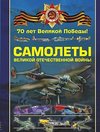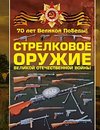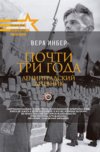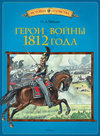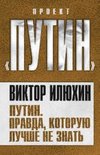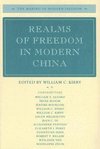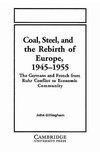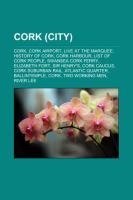
-
 Anglický jazyk
Anglický jazyk
Cork (city)
Autor: Source: Wikipedia
Source: Wikipedia. Pages: 36. Chapters: Cork, Cork Airport, Live at the Marquee, History of Cork, Cork Harbour, List of Cork people, Swansea Cork ferry, Elizabeth Fort, Sir Henry's, Cork Caucus, Cork Suburban Rail, Atlantic Quarter, Ballintemple, Cork, Two... Viac o knihe
Na objednávku, dodanie 2-4 týždne
15.21 €
bežná cena: 16.90 €
O knihe
Source: Wikipedia. Pages: 36. Chapters: Cork, Cork Airport, Live at the Marquee, History of Cork, Cork Harbour, List of Cork people, Swansea Cork ferry, Elizabeth Fort, Sir Henry's, Cork Caucus, Cork Suburban Rail, Atlantic Quarter, Ballintemple, Cork, Two Working Men, River Lee, Montfort College of Performing Arts, Knocknaheeney, Blackrock, County Cork, Cork Jazz Festival, Royal Cork Institution, Musgrave Park, Cork, The Elysian, St. Mary's Orthopaedic Hospital, Bishopstown, Everyman Palace Theatre, Warpcon, Red Abbey, Cork, Lewis Glucksman Gallery, Cork International Airport Hotel, English Market, Ballyphehane, Cork City Council, Port of Cork, Daly's bridge, Mahon, Cork, Coláiste Chríost Rí, Cork, Cork County Hall, Montenotte, Cork, Blackpool, County Cork, Frank O'Connor International Short Story Award, Ballinlough, Cork, Glasheen, Cork, Mayfield, Cork, Turners Cross, Cork, Crawford Municipal Art Gallery, Cork Constitution, Education in Cork, Washington Street, Cork International Choral Festival, Shandon, Cork, National Software Centre, William Clarke & Son. Excerpt: Cork (Irish: , pronounced , from corcach, meaning "swamp") is the second largest city in the Republic of Ireland and the island of Ireland's third most populous city. It is the principal city and administrative centre of County Cork and the largest city in the province of Munster. Cork has a population of 119,418, while the addition of the suburban areas contained in the county brings the total to 190,384. Metropolitan Cork has a population of approximately 274,000, while the Greater Cork area is about 380,000. County Cork has earned the nickname of "the Rebel County", while Corkonians often refer to the city as the "real capital of Ireland", and themselves as the "Rebels". The city is built on the River Lee which divides into two channels at the western end of the city. The city centre is located on the island created by the channels. At the eastern end of the city centre they converge; and the Lee flows around Lough Mahon to Cork Harbour, one of the world's largest natural harbours. The city is a major Irish seaport; there are quays and docks along the banks of the Lee on the city's east side. Patrick Street c.1890-1900. Cork was originally a monastic settlement founded by Saint Finbarr in the 6th century. Cork achieved an urban character at some point between 915 and 922 when Norseman (Viking) settlers founded a trading port. It has been proposed that, like Dublin, Cork was an important trading centre in the global Scandinavian trade network. The city was once fully walled, and some wall sections and gates remain today. For much of the Middle Ages, Cork city was an outpost of Old English culture in the midst of a predominantly hostile Gaelic countryside and cut off from the English government in the Pale around Dublin. Neighbouring Gaelic and Hiberno-Norman lords extorted "Black Rent" from the citizens in order to keep them from attacking the city. The Cork municipal government was dominated by about 12-15 merchant families, whose wealth came from overseas trade
- Vydavateľstvo: Books LLC, Reference Series
- Rok vydania: 2013
- Formát: Paperback
- Rozmer: 246 x 189 mm
- Jazyk: Anglický jazyk
- ISBN: 9781232459545
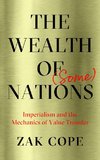
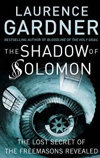
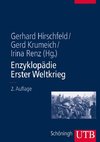

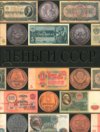
 Ruský jazyk
Ruský jazyk 